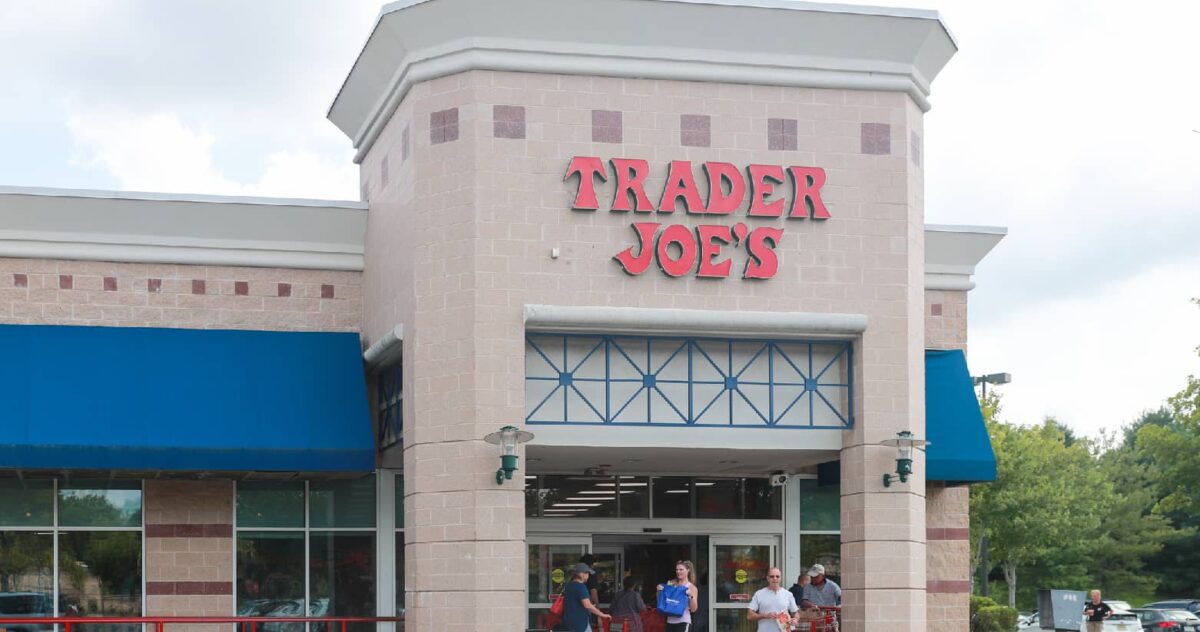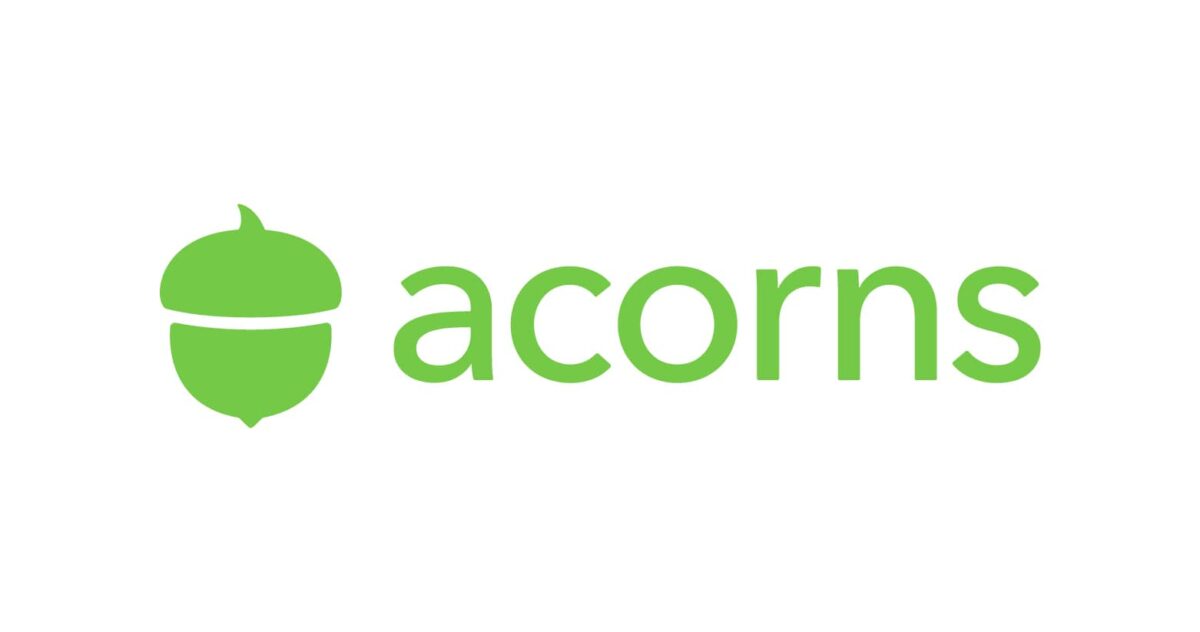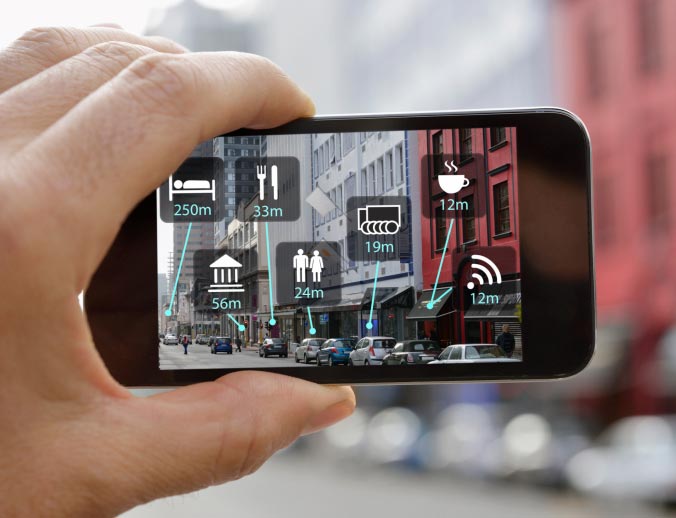The business-to-consumer (B2C) model relies on connecting with your audience and encouraging interaction with your brand. Where the intersection of B2C and content marketing thrives is in engaging and connecting with the audience in a meaningful way. Here, we’ll delve into a few examples of how content marketing can significantly impact B2C strategies and contribute to business growth.
What Is B2C Content Marketing?

Before we start, let’s get on the same page about a few things.
Content marketing involves creating and distributing valuable, relevant content. The distinction for B2C, as opposed to other audience segments, lies in engaging and converting individual consumers, addressing their specific needs and interests in a consumer-centric manner. The goal is to drive brand awareness, build relationships and ultimately lead consumers to make purchases.
While both B2C and B2B (business to business) content marketing aim to engage and convert, they differ in their approach:
- Audience focus: B2C targets individual consumers, while B2B caters to businesses and decision-making teams.
- Content complexity: B2B content often involves in-depth research, industry insights and information that helps professional audiences with their work. While B2C content can be educational and detailed also, it’s typically more straightforward than B2B content.
- Emotional appeal: B2C content often taps into emotions and personal experiences to connect with consumers on a deeper level, while B2B content relies more on logic and data.
How Does Content Fit Into B2C Customer Journeys?

Understanding the customer journey is crucial for effective B2C content placement and timing. Most consumer purchase journeys happen without audiences actively looking for content experiences. This is particularly common when consumers are looking for simple commodities or low-value products.
Take fast food, for instance; rarely will the audience go to a restaurant’s blog to read about how their onion rings are made. For higher-dollar, more complex purchases, however, consumers engage with a variety of marketing content across their customer journeys (think of purchasing a computer, a piece of furniture or a house, as examples).
Regardless of the brands, products and services involved, consumer journeys involve a few distinct stages:
- Awareness stage: Content introduces consumers to the brand, creating awareness through blog posts, social media and informative videos.
- Consideration stage: Content dives deeper, presenting solutions and comparisons to help consumers evaluate options. This often includes product reviews and expert guides.
- Decision stage: Content in this phase directly promotes products or services, emphasizing their unique value propositions and benefits.
B2C: Some Brands Just Get It
Healthcare: Mayo Clinic | Blogs and Articles

Mayo Clinic, based out of Minnesota, has long been a leader in B2C content marketing.
In all likelihood, if you’ve searched for healthcare-related information on the internet, you have found an article from Mayo Clinic. With the coupled effect of a long tenure in the industry and several pathways to reach the same content, it’s no surprise Mayo Clinic established itself as U.S. News & World Report’s No. 1 Best Hospital for seven consecutive years.
Mayo Clinic is well known for its extensive library of health content. The orgnization also also has a large social media presence, its own wellness app, a blog called Sharing that’s focused solely on client stories, and interactive content like its Symptom Checker.
All of these have something in common, though. They all play to the emotional and informational nature of many healthcare consumers’ questions.
Takeaway: The more meaningful and valuable the content is to your audience, the more ROI you’ll see. Use different mediums to engage the audience in fresh, exciting ways. Most importantly, always focus on addressing audience needs first before self-promotion.
Food Services: Trader Joe’s | User-Generated Content & Videos

The grocery chain Trader Joe’s excels in their industry by using interactive social media campaigns and engaging user-generated content as a part of their content marketing plan.
In conjunction with their publication Fearless Flyer, Trader Joe’s leverages a lively social media presence to connect with the brand’s audience. Trader Joe’s shares enticing visuals, customer testimonials, cooking ideas and playful brand-related content, fostering a sense of community and enticing consumers to actively engage with the brand.
The brand’s social content includes creative, eye-catching posts across platforms, often incorporating visuals, short videos, and infographics. Trader Joe’s also gets serious mileage out of user-generated content, encouraging customers to share their experiences through reviews, testimonials and social media posts.
Takeaway: This approach effectively enhances brand loyalty and promotes a positive customer experience. Ultimately, the content drives sales and fosters a strong customer-brand relationship.
Financial Services: Acorns | Email Marketing

Acorns, a fintech investment banking company, expertly uses a combination of timely, entertaining content and accessibility through its email marketing tactics.
Many brands struggle to find a working balance between informative and entertaining content. This can be especially challenging for fields like financial services, which can be complicated for any audience to understand.
Acorns merges information with entertainment through themed email newsletters. By meeting the audience where they are—using simple but personalized newsletters—Acorns’ B2C content marketing helps consumers feel more welcome and understood.
Takeaway: Acorns maximizes email marketing by crafting individualized messages, addressing users by name and tailoring content to match individual investment preferences. By leveraging these tactics, Acorns nurtures a strong user-community relationship, driving ongoing participation and trust in their investment platform.
So, How Do You Build an Effective B2C Content Marketing Strategy?

Developing an impactful B2C content marketing strategy involves thoughtful planning and execution:
- Understand your audience: Conduct research to identify your target audience’s preferences, pain points and behaviors.
- Set clear objectives: Define specific, measurable goals for your content marketing efforts. These could include increased website traffic, higher conversions or improved brand loyalty.
- Tailor content to audience needs: Create content that aligns with your audience’s interests, preferences and pain points. The aim should always be to provide value and solutions.
- Optimize for SEO: Incorporate relevant keywords to enhance search engine visibility and attract organic traffic.
- Leverage multiple channels: Utilize various platforms like social media, blogs, email marketing and video-sharing platforms to reach a broader audience.
Conclusion

B2C content marketing is a dynamic field that demands creative and consumer-centric strategies. Understanding the audience, tailoring content and utilizing appropriate channels are keys to unlocking success in the B2C content marketing landscape. Stay engaged, stay relevant and reap the benefits of a well-crafted B2C content strategy.



